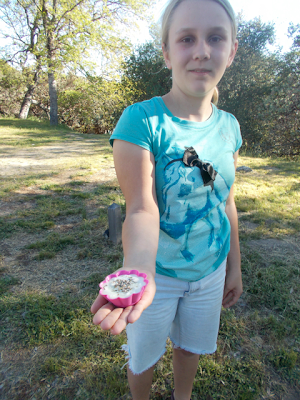When we get older we lose muscle mass, our metabolism is less effective and we get out of shape. We can counteract this with regularly exercise. The best thing is that we can counteract it with simple training, such as daily walks.
Exercise is an universal anti-aging remedy and it affects every part of our body. Mai-Lis Hellenius, professor at Karolinska Institute, says we can postpone age-related diseases so we don't suffer for many years. This means we can live longer and be more mentally and physically active longer as well.
According to research, three hours of exercise per week can make our bodies a decade younger. The good thing is we don't have to go to the gym, we can just take a 20-30 minutes brisk walk everyday. This can help reduce blood sugar, blood fat and blood pressure. According to the article, it will also reduce inflammation, strengthen the bones and muscles, and reduce stress. The chances of developing heart problems, cancer and diabetes will be reduced.
Physical activity affects us all the way down to the cellular level. It affects the mechanisms in the cells and that's why we will notice so many positive effects once we start exercising. The ones that exercise more regularly has longer telomeres and they protect our chromosomes. The shorter the telomeres, the higher risk of dying younger, and the telomeres automatically become shorter as we age. But regularly exercise will keep them longer, and it will prolong life.
So keep in mind, it is not just regular exercise such as running, aerobics, or weight lifting that will keep us younger longer. The everyday exercise is just as important says Mai-Lis Hellenius. It is also the easiest to apply, we can move regularly at work, stand up when we work, ride our bicycles to work or walk to work if it is possible. If work is not close enough to walk to, then we can go for a walk during our lunch hour.
It is never too late to start exercising, you can still get better health and a younger body even if you're 80 years old.
------------------------------------------------------------------------------------------------------------
Johanna is an aromatherapist and an independent distributor of Young Living Essential Oils She is passionate about educating people about health, essential oils, real food, natural remedies, and nutrition so they make healthier choices in their lives. She also runs Naturally Sports & Wellness together with her husband.
Follow Johanna on twitter and facebook for more health tips and information.









